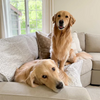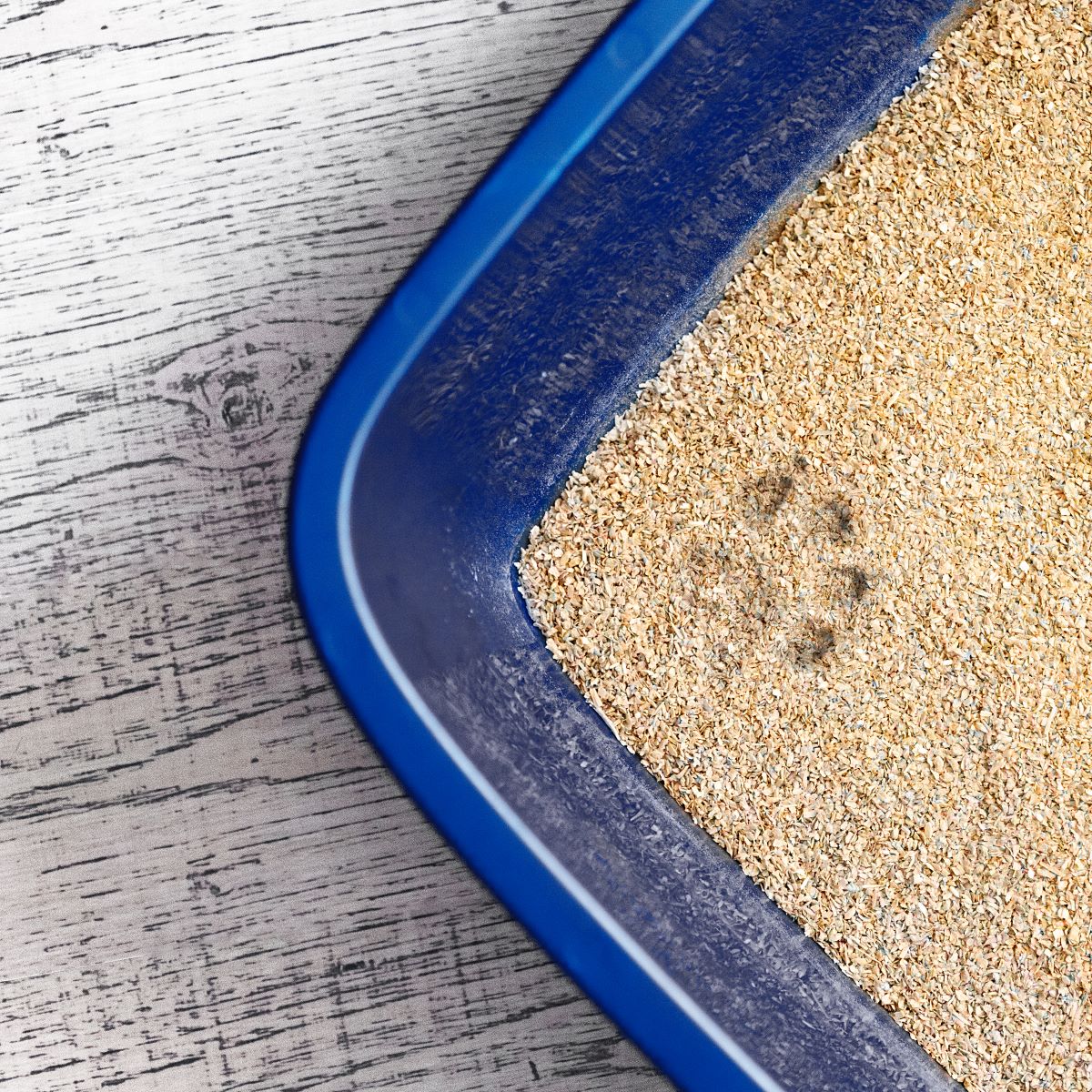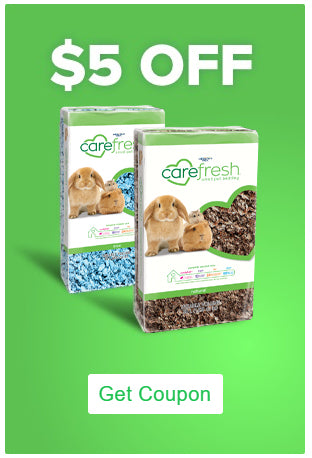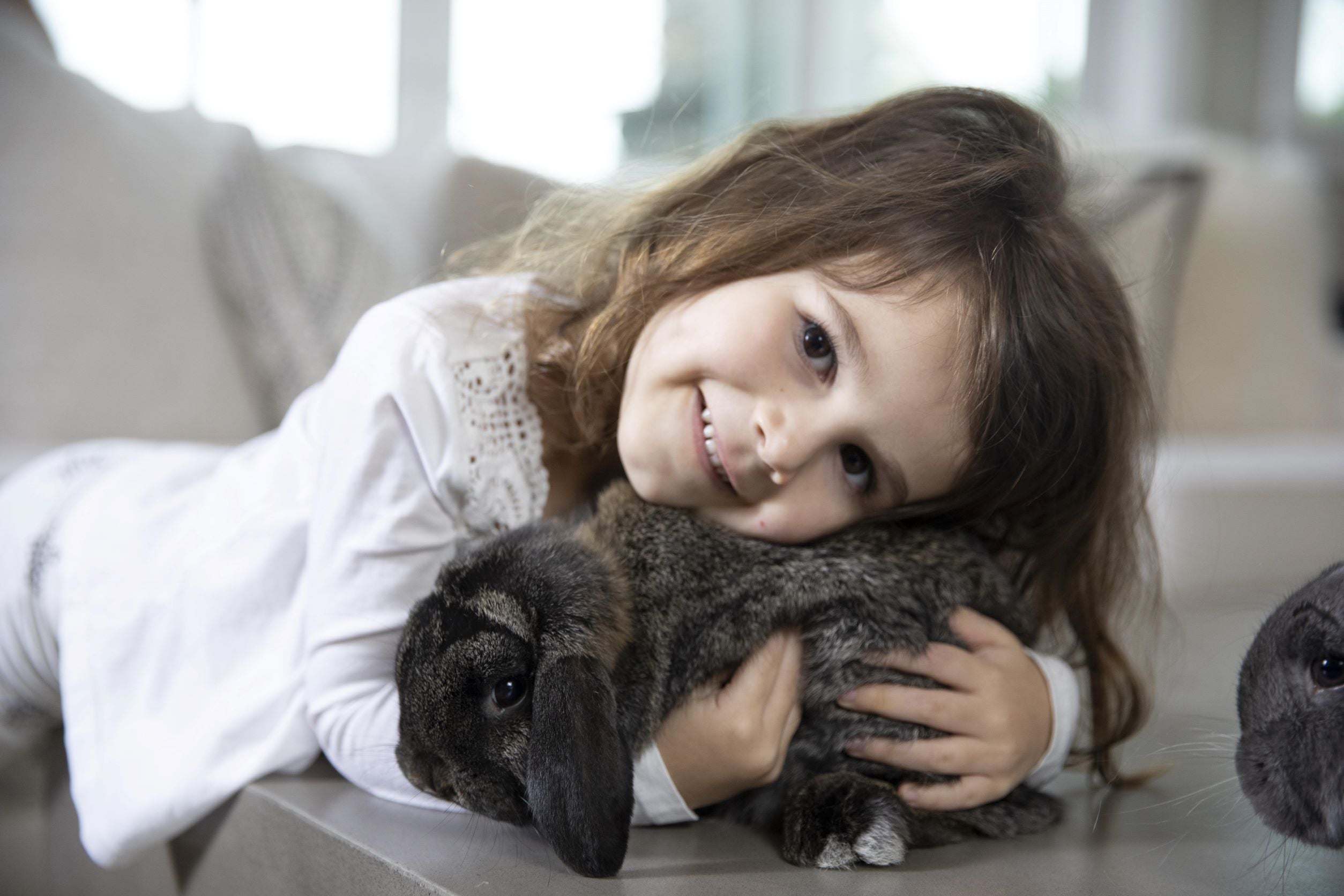
How to Puppy-Proof Your Home for Small Breeds
Photo by Tima Miroshnichenko on Pexels
Bringing a small-breed puppy home is exciting, but you must prepare your space. Tiny pups explore with their mouths and paws, and they find hazards faster than you think. A small slip can lead to big harm. Puppy-proofing keeps your new friend safe and protects your belongings.
Focus on common risks like wires, toxic plants, and loose objects. Be sure to set aside non-slip rugs and secure cabinets, and plan for supervision. You can save time and avoid stress by prepping early. Your puppy will also feel at home from day one. Follow these steps to puppy-proof your home before your puppy arrives.
Designate a safe zone
Before bringing toy poodle puppies home, section off a small area and use a playpen or baby gate to limit access. Remove breakable items and cords, cover sharp corners with protectors, and add a cozy bed and low toys. Additionally, add non-slip mats to prevent falls.
This spot doubles as a retreat when your pup needs rest. A defined space reduces stress for both of you. It also keeps hazards at bay. Start here and expand gradually as your puppy grows and explores.
Secure electrical cords
Tiny teeth can chew through exposed wires fast. Bundle cords with cable wraps or hide them behind furniture. Use cord protectors or plastic tubing for extra safety. Additionally, keep extension leads up high or tucked away, and check for loose outlets and cover them. A sudden electric shock can be life-threatening. Test the security regularly by gently pulling cords to ensure they stay hidden. You want all wires out of reach. This simple step cuts risk and gives you peace of mind.
Protect trash and recycling
A bitten plastic bag can choke a tiny pup. Keep all bins behind closed cabinet doors or use lidded cans with step-on pedals. Clean containers regularly to remove tempting smells. Be sure to also lock the lids if you store food scraps. For recycling, rinse materials and store them out of reach. Make sure yard bins are secured to avoid scavenging outdoors. Proper trash management cuts the risk of blockages, poisoning, and digestive issues for small breeds.
Remove toxic plants
Many common plants can harm small pups. Pothos, aloe, and lilies top the list. Move any suspect greenery out of reach. Consider swapping for pet-safe species like spider plants. If you can’t remove certain plants, place them on high shelves or hang them in baskets. Check soil additives too; fertilizers can cause vomiting or worse. Be sure to also read labels carefully. When in doubt, consult a vet or an online database for dog-friendly plants. A safe environment starts with safe decor.
Install baby gates
Use baby gates to block stairs and hazard zones. Choose hardware-mounted options for high-traffic areas. Pressure-mounted gates work well in doorways. Ensure the gap at the bottom is too small for paws. Be sure to also adjust the height so your pup can’t jump over, and check that the hinges swing freely and the locks engage every time. This simple barrier boosts safety indoors and out. In addition, keep an eye on screws and replace them promptly.
Stow cleaning supplies
Household cleaners often sit under sinks. Move them to a locked cabinet or high shelf. Choose natural cleaners when you can; they smell less harsh. Be sure to label every bottle clearly, and never leave spray bottles on counters. Wipe up spills as soon as they happen. Additionally, store detergents and soaps in airtight bins and check laundry rooms for stray pods or powders. A secure storage zone stops accidental poisoning and keeps your pup healthy.
Protect furniture and decor
Chewing can ruin wood legs and upholstery. Offer a chew basket beside the sofa, and spray furniture legs with a safe, bitter-tasting solution. Tuck throw pillows in high spots or store them away. Remove table runners that puddle on the floor. Be sure to also use washable slipcovers on chairs and couches. Your pup can’t chew what they can’t reach, and cleaning stays easy.
Control temperature and air flow
Small breeds lose heat fast. Block drafts around windows and doors with draft stoppers. Elevate beds off cold floors and avoid low vents that blow directly on pups. In summer, close south-facing blinds to reduce heat. In addition, use fans at low speed, but never point at the puppy. Monitor room temperature with a simple indoor thermometer. A stable climate helps your little friend feel cozy year-round.
Plan for supervised freedom
Even in a safe room, supervision matters. Use a lightweight harness and short leash when you must step away. Place puppy pads or a small exercise pen nearby. In addition, crate training aids housebreaking and safety. Make the crate cozy with a soft blanket and chew toy, and never use the crate as punishment. A well-trained pup learns respect for boundaries.
Secure windows and balcony rails
Open windows invite a roaming dog into danger. Fit window screens that lock or use window guards. Keep balcony rail gaps narrow; install temporary netting if needed, and avoid ledges and low sills. In high-rise homes, never let your pup out unsupervised. A secure window system stops falls and keeps your pup safely inside, even when fresh air calls.
Store human food safely
Countertops tempt sniffers with leftovers. Move snacks into high cabinets or the fridge, and use fridge locks if your pup can open doors. Keep fruit bowls out of reach. Teach kitchen rules early, such as no diving on dropped crumbs. Be sure to also sweep floors after meals and store chocolate, grapes, onions, and other toxins well out of sight. Safe food storage guards against dangerous munching sessions.
Lock up medications and chemicals
Medicine cabinets often hide pills and ointments. Install child-proof locks or move items to a locked drawer, and label each container clearly. Check for loose pills on bathroom floors, and include vitamins and supplements in your sweep. Additionally, store car care and workshop chemicals in high, locked spots. This prevents accidental ingestion and serious health emergencies.
Endnote
Puppy-proofing is never a one-time task. Revisit each area as your small breed grows and explores new heights. Stay alert to seasonal hazards like antifreeze spills in winter or garden chemicals in spring. Reward safe behavior and guide your pup away from trouble. A protected home builds trust and confidence. Use these tips to create a happy, secure space for your little companion.











 email us
email us